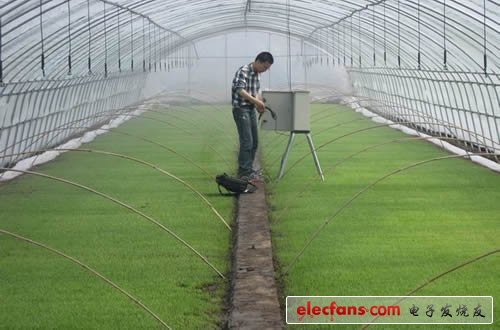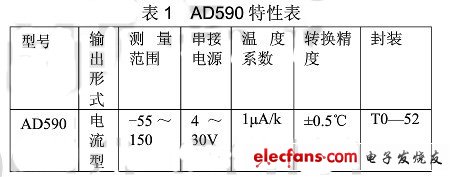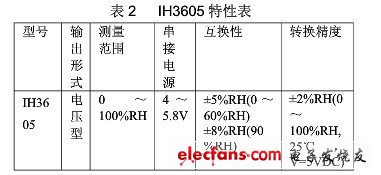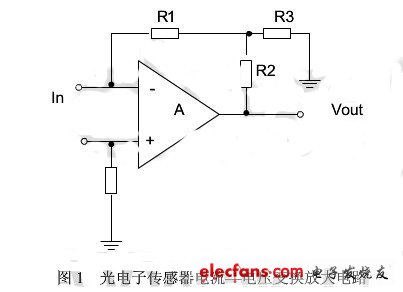Facility agriculture is one of the main directions of modern agricultural development in the world. China's agriculture is in a new stage of modern agricultural transformation from traditional to high-yield, high-quality and high-efficiency. Facility agriculture is one of the main agricultural developments in China in the long run. direction. The important role of environmental control in fruit tree production has been confirmed by a large number of scientific experiments and production practices at home and abroad. Only in a suitable growth environment can the fruitful potential be fully exploited. Years of research on the growth environment of fruit trees, not knowing the agricultural production, but also provide a theory and basis for the study of greenhouse environmental monitoring and control. But how to use sensor technology, white motion detection technology, communication technology, computer technology development and greenhouse cultivation to develop an intelligent measurement and control system for greenhouse temperature, humidity, carbon dioxide concentration, to provide the best growth environment for fruit trees, has always been agriculture Important topics facing researchers. Although foreign countries have adopted full intelligent control, their cost is too high, and it is not suitable for China's national conditions. The existing solar greenhouses in China mainly use natural energy. Although the cost is relatively low, it is too simple, and only a few have realized temperature, humidity, illumination, etc. The measurement and control of a single factor cannot meet the increasingly modern agronomic requirements. This paper develops a multi-functional greenhouse intelligent test system with suitable price and good expansibility. 1 system composition and working principle The function of this system is coordinated by two parts of hardware and software. The hardware part mainly completes the collection, conversion and display of various kinds of sensor signals; software The working principle is that the 89C51 single-chip microcomputer queries the output signals of each sensor at a time, and then the 89C51 processes the input signals and outputs them through the display module 44780, and can also output various alarm signals. 2 hardware components The system hardware mainly includes the following modules: 89C51 main control module, sensor module, A/D converter, expansion, 44780 display module, and so on. Among them, 89C51 mainly completes the control of peripheral hardware and some computing functions, the sensor completes the signal sampling function, the A/D converter mainly completes the analog/digital conversion, the memory mainly completes the program and data storage, and the 44780 display module completes the characters and numbers. Display function. Master module The system uses AT89C51 single-chip microcomputer produced by ATMEL, which has 4kB flash memory, 128B memory, maximum working frequency 24MHz, and has 32 input and output lines, 16-bit timer/counter, 5 interrupt sources, 1 serial. mouth. 2.1 Sensor selection 2.1.1 Temperature sensor The AD590 integrated temperature sensor is used. This sensor is current type and its characteristics are listed in Table 1. The IH3605 capacitive integrated humidity sensor is used. Its output voltage is high and linear. In particular, signal amplification and signal adjustment are required, and A/D conversion can be directly performed. Its characteristics are listed in Table 2. The system uses the optical quantum sensor produced by Beijing Forestry University, which is mainly composed of an inductive component and a matched filter system. The inductive component uses a silicon solar cell, and the photocurrent of the bovine under the action of solar radiation is linear with the radiation intensity. The standard silicon photocell has a spectral response between 400 nm and 1100 n. The range of peak wavelength is 800 nm. The photon quantum sensor is a sensitive blue silicon cell with a relatively low response in the near-infrared region of 700 nm to 1100 nm, and a response in the visible region of 400 to 700 nm is much higher than that of a silicon cell, and the peak response is 550~. Between -650nm. Under the illumination of light, the light quantum sensor changes the current signal (about a few microamperes) which is very weak. Therefore, the detection circuit of photosynthetically active radiation should use an integrated operational amplifier with low drift and high common mode rejection ratio. The amplifying circuit uses a current-voltage conversion amplifying circuit, as shown in FIG. The electrical characteristics of the optoelectronic sensor are listed in Table 3. We offer many types components such as cold shrink tube, Non-slip Colored Heat Shrink tube and zip teeth nylon ties etc. Cold Shrink rubber tubing is used in 3G and 4G (LTE) base station antennas-jumper cable connection for perfect isolation.Non Slip Heat Shrink Rod Tube is an Anti-skid Environmental Eco friendly heat shrink tube for fishing rod, is made of polyolefine, scientific material component allocations and mechanical mixture. Zap Strap Zip Ties,Nylon Hose Ties,Cold Shrinkable Tubing,Waterproof Seal For Wires Chengdu XingXingRong Communication Technology Co.,Ltd , http://www.xxrtx.net
Mainly complete signal processing and control functions. 
Measuring the surface temperature and soil temperature can also be integrated with the temperature sensor using the AD590. Since the sensor probe is to be inserted into the soil, the sensor and the conversion circuit are packaged in a metal probe. Metal probes can be used for waterproofing and anti-corrosion. And because the metal has good thermal conductivity, the metal probe does not affect the sensor's temperature measurement.
2.1.2 Humidity sensor 
2.1.3 Light intensity sensor 

September 04, 2019